Blood oxygen sensing shows no sign of returning to Apple Watch any time soon
Apple removed blood oxygen monitoring from the Apple Watch in early 2024. Somebody has to blink for it to return, and it looks like neither Masimo nor Apple are going to budge.
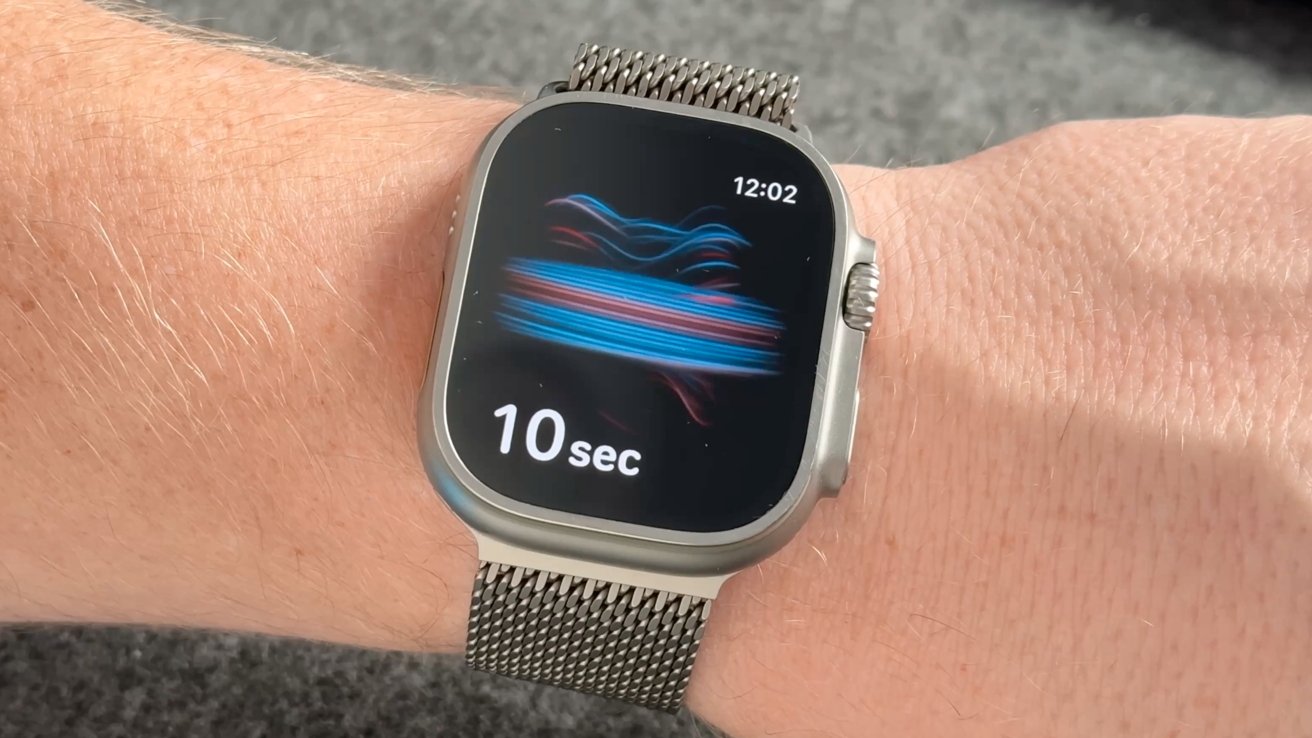
Blood oxygen monitoring, sometimes seen as pulse oximetry, is a non-invasive way of measuring the oxygen saturation level (SpO2) in your blood. Apple added it to Apple Watch with the Apple Watch Series 6.
This is what we know so far.
There has not been a lot of progress in 2025 on a return of the feature. A return date for it is one of the most commonly asked questions that we get.
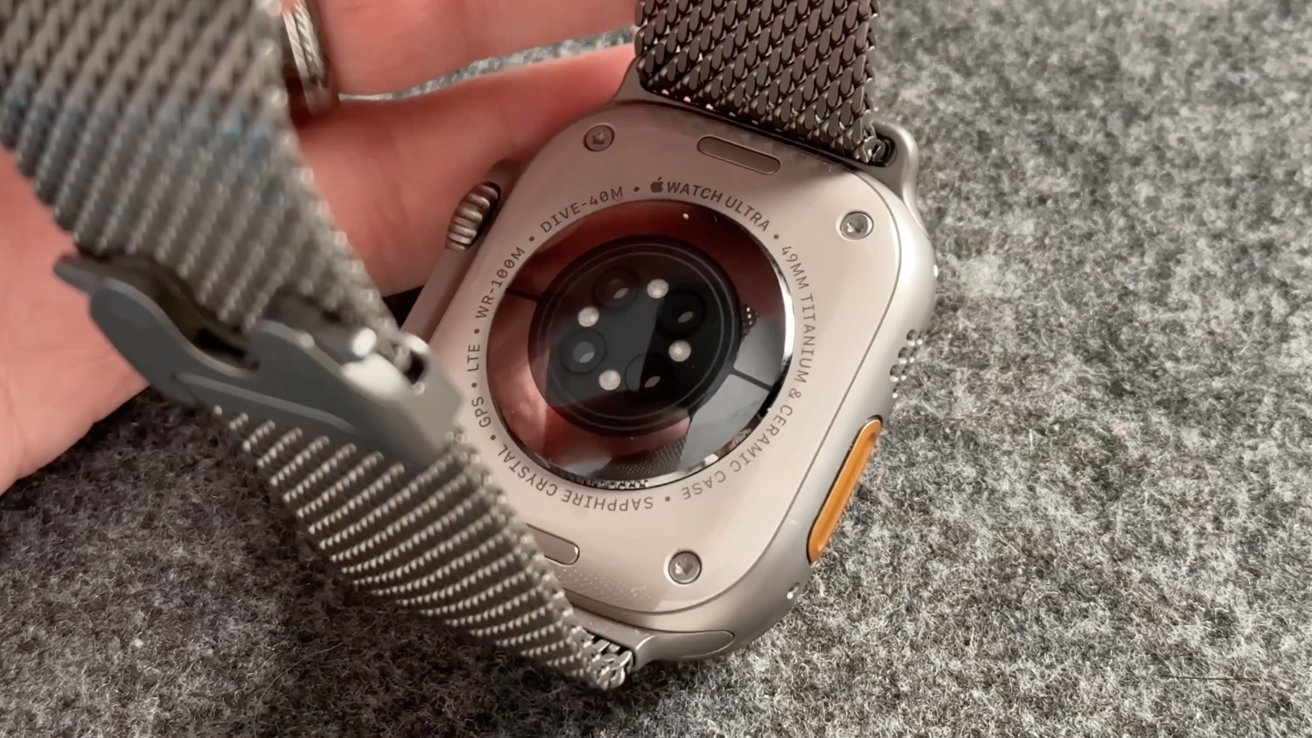
There was some hope in February of 2025. Masimo then announced that Katie Szyman was taking over from its interim CEO.
A few analysts predicted she'd be less vengeful than the previous CEO, and more willing to settle with Apple. Months have passed and it doesn't seem like that's the case.
Most recently, on July 7, Apple argued to a U.S. appeals court that the ban should never have been put in place and that it wants it overturned entirely.
During the hearing in front of a three-judge panel, the judges seemed potentially sympathetic to Apple's argument. Apple lawyer, Joseph Mueller, pleaded that, at the time of the filing, Masimo's device that the patent was based on was hypothetical.
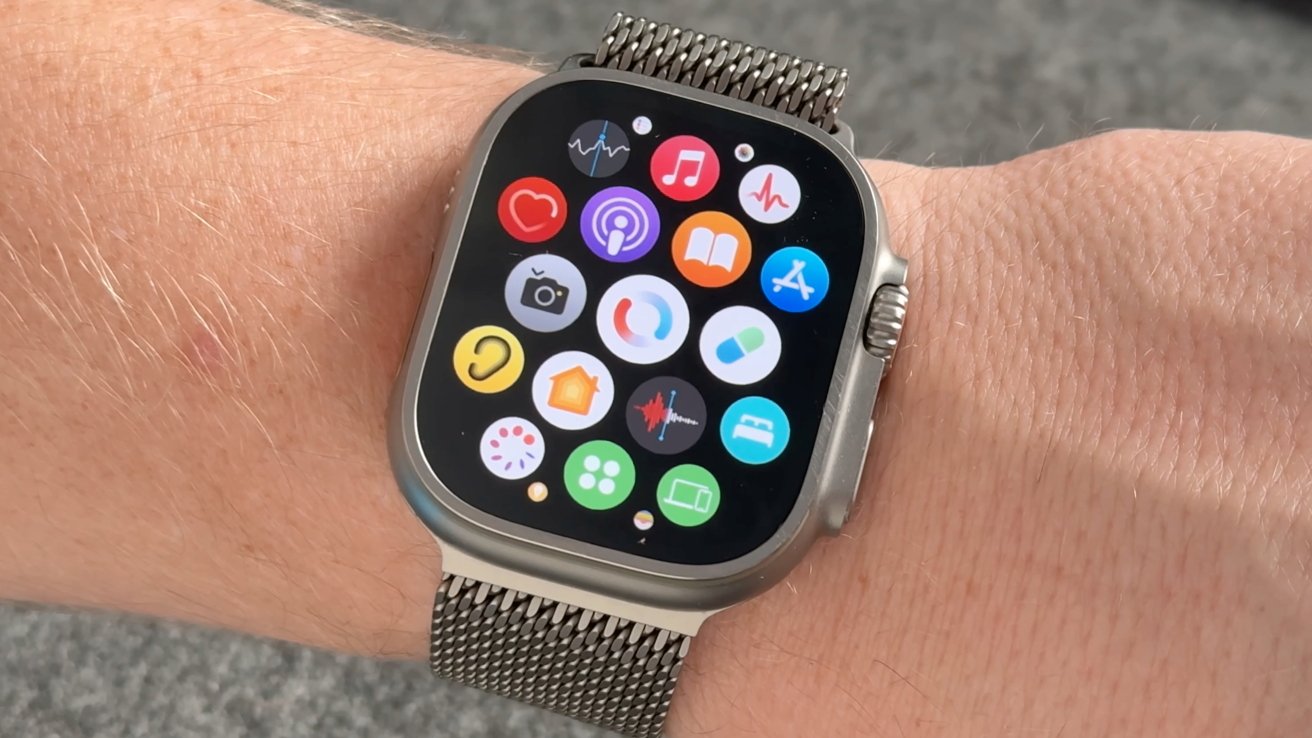
Masimo, of course, argued in opposition, saying Apple was trying to "rewrite the rules." Masimo also asserted that Apple had hired away key talent that gave it added advantage as they knew insider secrets of its blood oxygen monitor.
Eventually, Masimo did launch its own pulse oximetry wearable, the W1, in 2022. Apple sued over design similarities.
That launch was two years after the Apple Watch launched with it with the Apple Watch Series 6.
The suit against Masimo didn't go well. In October 2024, Apple was awarded $250. To be perfectly clear, Apple got two hundred fifty dollars from the suit.
A five-year saga, ongoing
This all stems from a patent dispute, first levied by Masimo against Apple. It was a confusing time as Apple fought the patent, and a ban waffled back and forth for weeks.
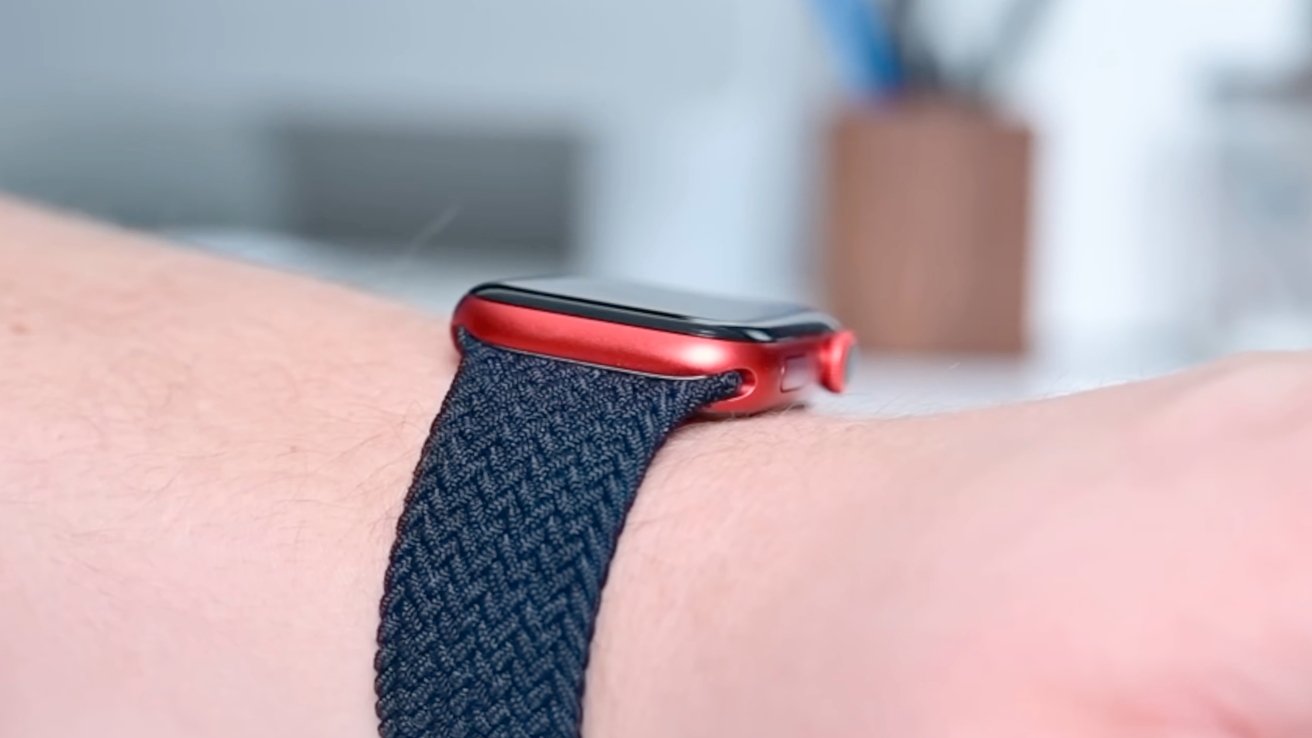
After the ITC ultimately ruled in favor of Massimo, Apple's only options were to stop selling Apple Watches in the U.S. or to remove the feature. It opted for the latter in January of 2024.
At that time, any newly purchased Apple Watch Series 9 or Ultra 2 would not have the feature enabled. Watches purchased prior to that change still have the feature enabled.
In September of 2024, Apple announced new versions of the Apple Watch, not mentioning the SpO2 sensor. They were the Apple Watch Series 10 and a new black Apple Watch Ultra 2.
While the monitoring hardware is still there, both of these watches still lack the capacity to take SpO2 readings.
An unclear future
Ultimately, how the judges will rule remains to be seen. As of August 1, 2025, no judgement has been made on Apple's appeal.
Masimo says its patents are based on hardware. This is why Apple has not been able to update the software to avoid Masimo's intellectual property, outside of disabling it entirely.
Apple could still, theoretically, be working on new hardware changes for upcoming models. The ongoing legal challenges imply its commitment to enabling it via software.
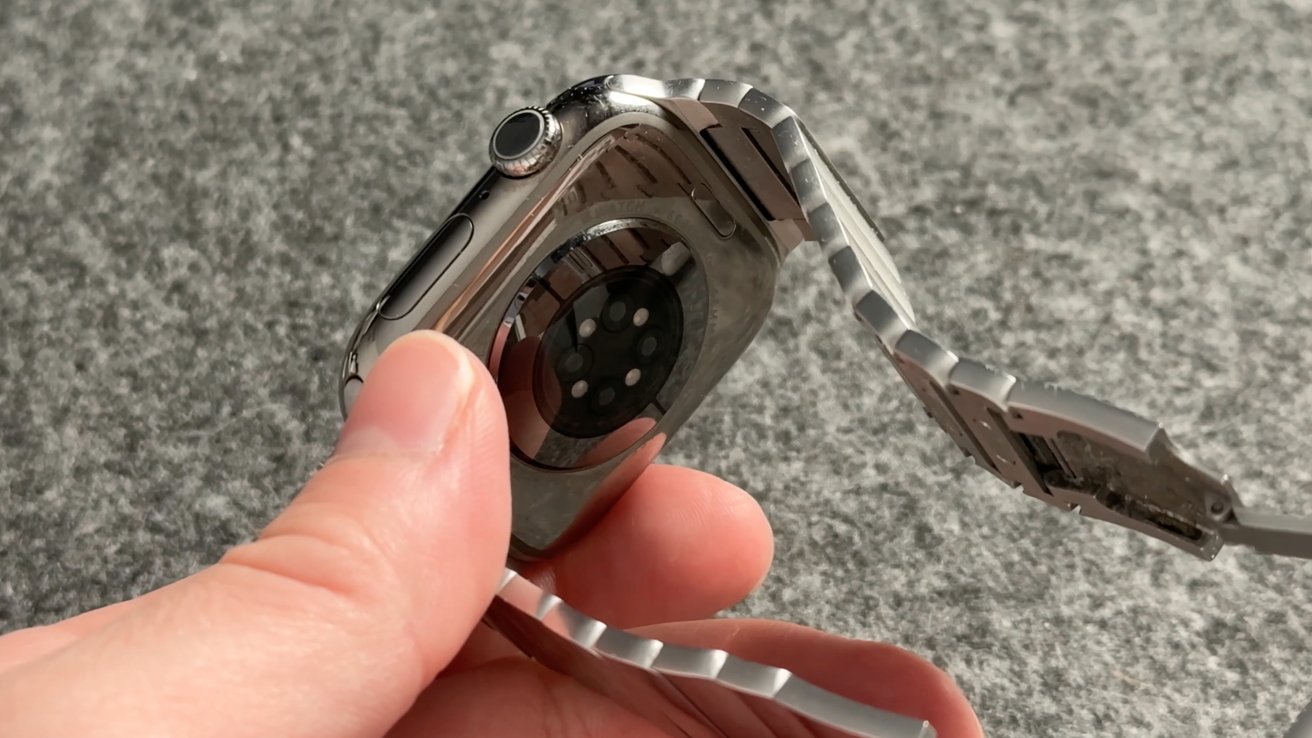
Unfortunately, the prognosis for return is still not great. As of initial publication, we're creeping up on a second generation of Apple Watch that will ship with the feature disabled.
There are two avenues for Apple. It will either settle with Masimo, or find a new hardware workaround that doesn't rely on Masimo's patents. Neither seem imminent.
Users of hardware up to and including the Apple Watch Series 9 or Apple Watch Ultra 2 who bought before the ban went into place, still have a functional blood oxygenation system.
The ban being in place for new models has probably stalled some hardware upgrade buys. The Apple Watch has a longer replacement cycle closer to that of a Mac, than an iPhone, so the full impact of the feature being disabled remains to be seen.
For now, it's a game of technology chicken. Either Masimo or Apple has to change course, and neither seem to be willing to do so. The crash ending the battle in the courts is coming -- it's just not clear when.
Read on AppleInsider


Comments
If you are close to our southern border you could probably buy one in Mexico also and the blood o2 sensor would work as well.
/edit I had to go dig around to find the model number differences but:
@AppleZulu
Apple cautioned me that it *might* not be enabled, but in fact it is. YMMV.
Most likely outcome?